DNA reveals the past and future of coral reefs
New DNA techniques are being used to understand how coral reacted to the end of the last ice age in order to better predict how they will cope with current changes to the climate. James Cook Univer

From 2005 to 2022, the main node of the ARC Centre of Excellence for Coral Reef Studies was headquartered at James Cook University in Townsville, Queensland (Australia)
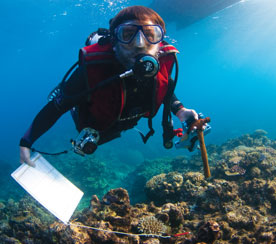
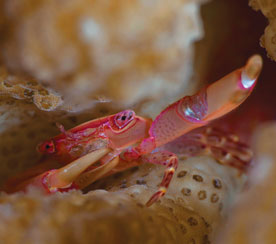
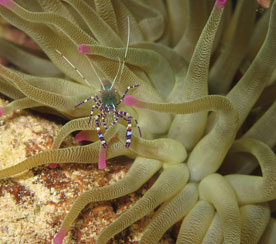
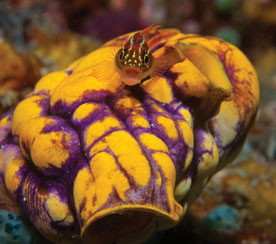

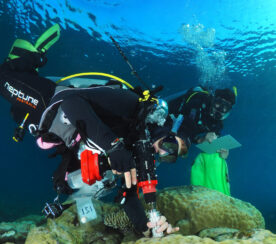
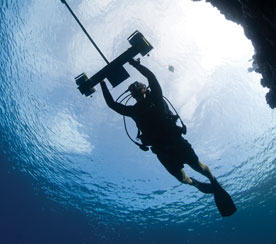
Abstract: Understanding and predicting the vulnerability of coral reefs to disturbances that act at multiple scales is of paramount importance for guiding reef conservation initiatives. My research combines large environmental and ecological datasets with a broad range of quantitative tools in order to address questions about coral reef vulnerability around the world. I will talk about three related strands of my research that demonstrate the importance of large-scale data integration in order to support spatially adaptive conservation strategies. First, using environmental data and a biogeographic database of coral symbiont clades, I established the climatic gradients separating niches among these clades. Second, I developed a broad scale metric of coral exposure to multiple stressors (e.g., SST and sediment pollution). This metric can be coupled with geographical estimates of where corals are likely to acquire thermally compatible symbiont clades in order to compensate for increasing temperature, and therefore elucidate spatially explicit exposure and adaptation gradients. Finally, I modeled hydrological linkages among coastal watersheds and near shore reefs, and subsequently the relative affects of local land use manipulation versus global climate change on sediment dynamics. Overall, my research aims to inform conservation decisions around the globe by tackling the complex issues relevant to integrated land–sea planning.
Biography: Maina completed a BSc. (Hon) in natural sciences at the Egerton University in Kenya. Following this degree, he worked for several years on the Wildlife Conservation Society’s coral reefs conservation project in Mombasa. Maina then completed a MSc. in geo-information science and environmental modeling, which was coordinated by the International Institute of Geo-information Science and Earth Observation, The Netherlands. Maina has since moved to Macquarie University in Sydney, where he is currently pursuing his PhD in the Department of Biological Sciences.
New DNA techniques are being used to understand how coral reacted to the end of the last ice age in order to better predict how they will cope with current changes to the climate. James Cook Univer
A new study on the effects of climate change in five tropical countries has found fisheries are in more trouble than agriculture, and poor people are in the most danger. Distinguished Profess
James Cook University researchers have found brightly coloured fish are becoming increasingly rare as coral declines, with the phenomenon likely to get worse in the future. Christopher Hemingson, a
Researchers working with stakeholders in the Great Barrier Reef region have come up with ideas on how groups responsible for looking after the reef can operate more effectively when the next bleaching
Abstract: As marine species adapt to climate change, their heat tolerance will likely be under strong selection. Individual variation in heat tolerance and its heritability underpin the potential fo
Abstract: The Reef Ecology Lab in KAUST’s Red Sea Research Center explores many aspects of movement ecology of marine organisms, ranging from adult migrations to intergenerational larval dispersal
Abstract: Macroalgal meadows are a prominent, yet often maligned component of the tropical seascape. Our work at Ningaloo reef in WA demonstrate that canopy forming macroalgae provide habitat for ad
Abstract: Sharks are generally perceived as strong and fearsome animals. With fossils dating back at least 420 million years, sharks are not only majestic top predators but they also outlived dinosa
Abstract: Connectivity plays a vital role in many ecosystems through its effects on fundamental ecological and evolutionary processes. Its consequences for populations and metapopulations have been
Abstract: Evolution of many eukaryotic organisms is affected by interactions with microbes. Microbial symbioses can ultimately reflect host’s diet, habitat range, and even body shape. However, how
Abstract: The past few years have seen unprecedented coral bleaching and mortality on the Great Barrier Reef (GBR) but the consequences of this on biodiversity are not yet known. This talk will expl